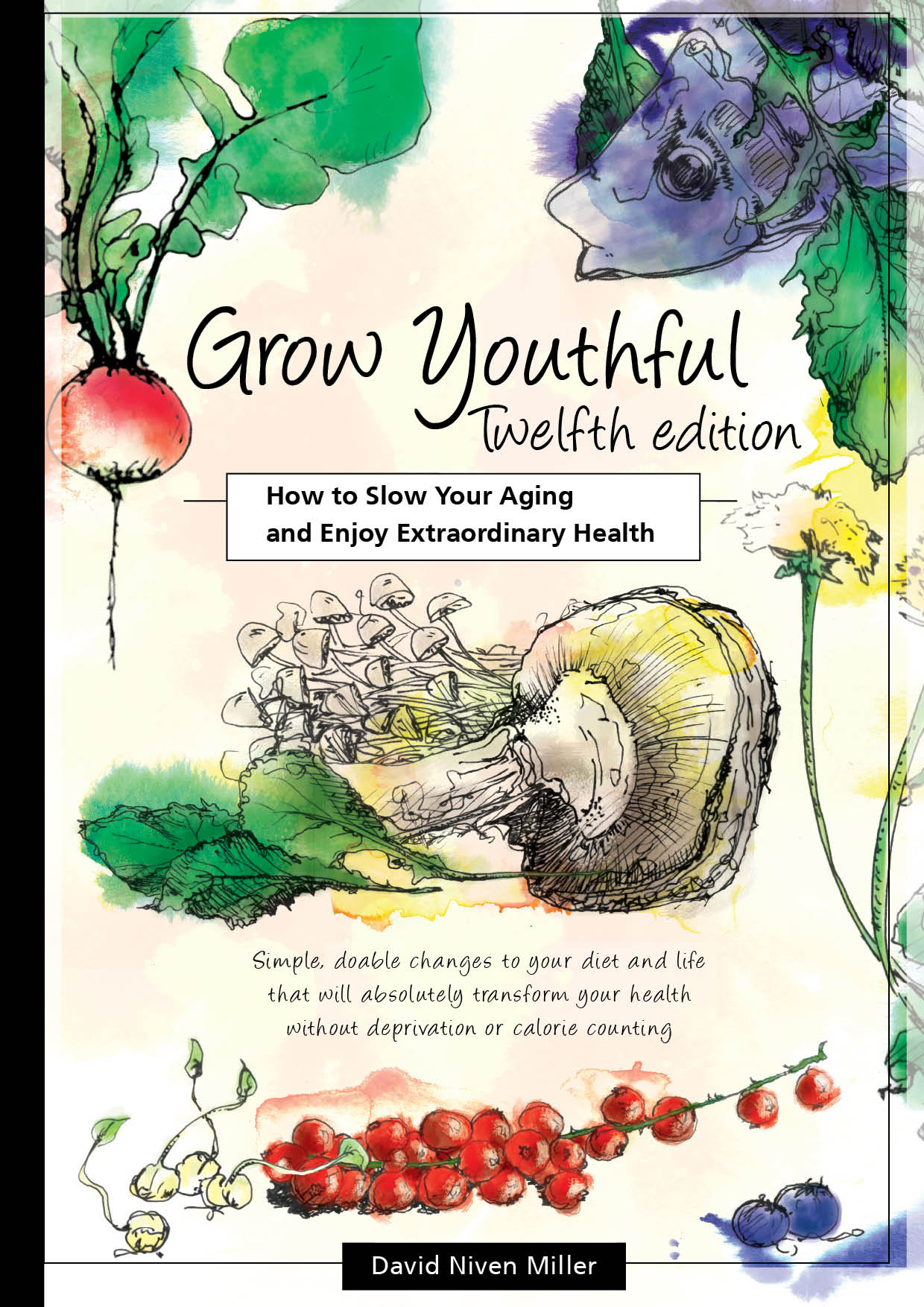
Bursitis
What is bursitis?
Symptoms of bursitis
Causes of bursitis
Prevention / remedies / cures / treatment for bursitis
What is bursitis?
A bursa is a small sack or pouch lined with a slippery membrane and filled with a lubricating fluid. There are more than 150 bursae around the body, located at joints where muscles and tendons slide across bone. The synovial membrane lining of healthy bursae provides a smooth, virtually frictionless functional gliding surface at the pressure points of bones and tendons.
Bursitis occurs when a bursa or its synovial membrane lining becomes irritated and inflamed. Instead of smooth and painless movement, the sliding of tendons and muscles over the inflamed bursa creates friction and aggravates its inflammation. Continuing overuse of the rough and inflamed joint perpetuates the problem.
In some cases, the inflammation can be caused by an infection. More usually, the inflammation causing the bursitis is systemic.
The most common location of bursitis is at the shoulder. Elbows and knees are also common, being called housemaid's knee, clergyman's knee and student's elbow. The hip, heel and the base of the big toe are other locations prone to bursitis.
Symptoms of bursitis
- Stiff or painful joints. Stinging pain in the joint around the inflamed bursa.
- Swelling, warmth and redness around the joint.
- Pain, especially with use or pressure.
- Stiff muscle near the inflamed joint.
- Pain usually is worst during and after activity. The bursa and the surrounding joint become stiff the next morning.
Causes of bursitis
- Overuse of a joint, especially repetitive motions in the same position. Common examples include repeatedly throwing a ball, repeated heavy lifting, leaning on your elbows for long periods, or prolonged sitting or kneeling.
- Poor diet or lifestyle causing systemic inflammation.
- Achilles bursitis from overuse and wearing of tight shoes.
- Infection. Less commonly, an infection causes the inflammation of the bursa.
Prevention / remedies / cures / treatment for bursitis
If you use any of these remedies, please come back next week (or whenever you have an outcome) and let us know about your experience. Please leave a comment as many people are interested.
See details of remedies recommended by Grow Youthful visitors, and their experience with them.
It is important to distinguish between infected and non-infected bursitis. If an infection is the cause, it requires treatment using anti-bacterial remedies or even antibiotics.
Mild cases of bursitis often go away on their own after a couple of weeks. However, bursitis is a condition that often becomes progressively worse, especially if you ignore the pain and try to exercise through it, which only irritates the condition further.
If the symptoms are severe or last for more than a week or two, use natural remedies which can relieve the pain and treat the condition.
- Rest. Rest the joint, particularly from the activity that likely caused the bursitis.
- Ice and elevation.
- No compression. Bursitis is aggravated by increased friction in the bursae, so a compression bandage will only create more friction around the joint.
- Castor Oil. One of the most economical and efficient methods of treating bursitis, which helps to relieve pain and reduce inflammation. Put 1-2 teaspoons of castor oil on a cloth and apply the cloth to the affected area. Put a heating pad or a hot towel on top of the cloth to warm the painful area and assist the oil to penetrate.
- Ginger is a natural anti-inflammatory. Add a teaspoon of finely chopped fresh ginger to a salad or whatever you are cooking each day. If fresh ginger is not available, half to one teaspoon of powdered ginger is also acceptable.
- DMSO. Apply a 70% solution to the affected area with a cotton ball or cloth, three times per day. As the bursitis improves, reduce the number of applications to once per day.
- White Willow Bark. This herb contains salicin, a precursor to salicylic acid, which is similar to the main ingredient in aspirin. White willow bark helps reduce inflammation and treat the pain. Use the supplier's suggested dose or try taking 500 mg once or twice per day.
